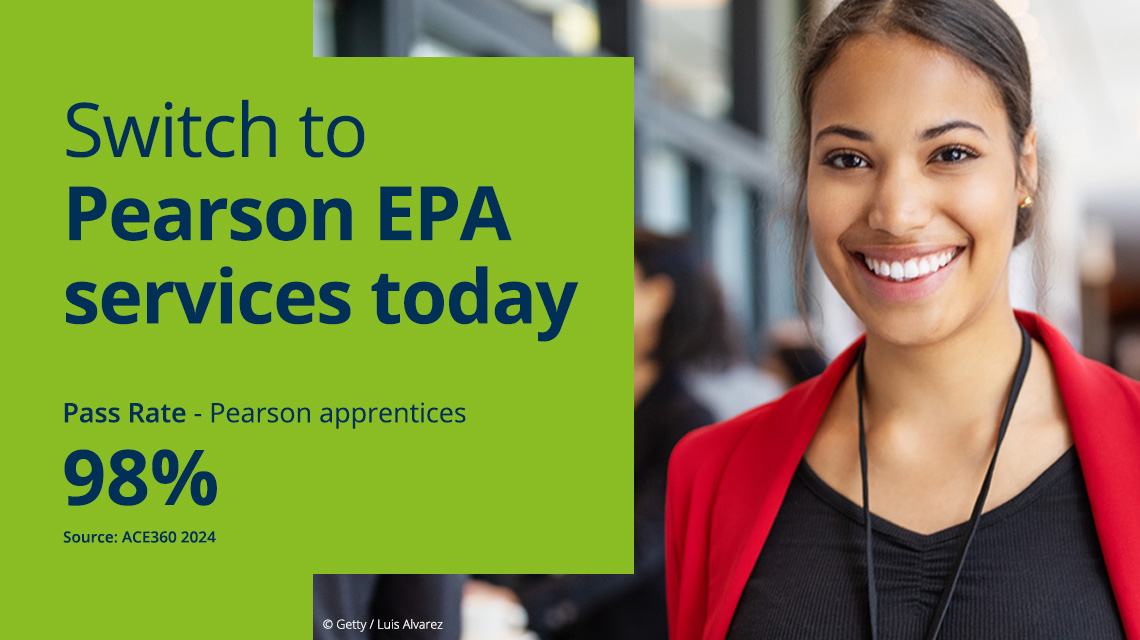Apprenticeship Sectors and Standards
Find a Apprenticeship Sectors and Standards subject
- {{letter}} {{letter}}
-
{{selectedLetter}}
We offer apprenticeship solutions for more than 40 standards across a range of sectors, equipping apprentices with the knowledge, skills and behaviours they will need for now and in the future. With on-programme qualifications, high quality end-point assessment and a dedicated support team, we will work with you every step of the way to help you create structured and engaging learning experiences to help your apprentices succeed.











